The Next-Gen Ford Everest
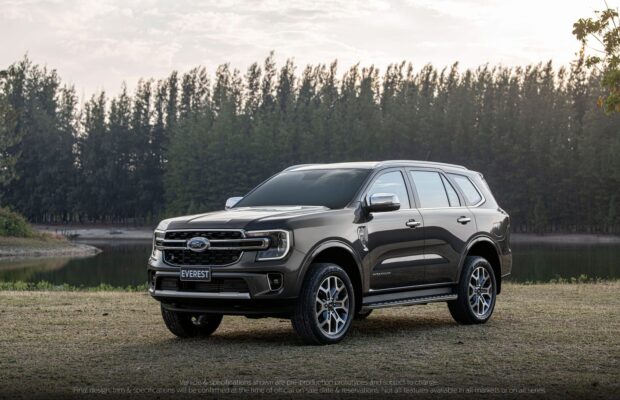
- Next-Generation Ford Everest Is Bold Outside, a Sanctuary on the Inside and Engineered For Adventure
- Built tough and capable on the outside, next-gen Everest’s sanctuary-like interior provides occupants with a comfortable, safe, high-tech and inviting cabin designed for daily duties and long road-trips
- Depending on market, Everest offers a choice of durable powertrains that includes a new 3.0-litre turbodiesel V6, its proven 2.0-litre turbodiesel engines and, from 2023, the 2.3-litre EcoBoost petrol engine for select markets
- Ford outlines its “always-on” commitment to customers, with a host of services centered around convenience on their terms, for an an ownership experience designed to make their lives easier
The next-generation Ford Everest makes its global debut today, blending adventure-ready capability with exceptional comfort and customer-focused technology in a rugged, refined and fun to drive SUV.
Engineered to excite, the next-gen Everest has been built for the adventurous – with capability at its core. Inside, premium levels of craftsmanship have created a quiet and refined sanctuary for up to seven, while class-leading technology and safety make every journey more memorable.
“When we started imagining the next-gen Everest, we started not at the beginning but at the end: With our customers,” said Ian Foston, chief platform engineer for Everest. “They’re people who like adventure, recreation and being able to go out with family and friends. Whether they’re conquering sand, rocks or city life, these customers appreciate the utility, capability and spaciousness of an SUV.”
Armed with more customer input than ever before, Foston said the objective for the next-gen Everest was clear: Tough on the outside, sanctuary on the inside, amazing capability underneath.
Next-Gen Ford Everest Sports



More Photos here
Next-Gen Ford Everest Titanium



More Photos here
To showcase this, three grades of the next-gen Everest were presented at reveal; Sport, Titanium+ and a new flagship grade, Platinumi. A range of different variants and models will be available, depending on market, to meet the needs of our customers. Full details will be provided closer to in-market launch.
Rugged outside, a sanctuary within
Everest’s wider track and longer wheelbase enabled designers to create a more progressive, muscular appearance. Ford’s global design DNA is reflected in the C-clamp headlamps and strong horizontal upper grille bar. The front end also has a mix of horizontal and vertical elements, which add to the stable appearance.
On the sides, there is a strong shoulder line front to back, while the wider track results in a more dramatic swell over the wheels, enhancing the strong and modern look.
“We showed customers the Everest at several points during the design process, and their feedback was consistent: They loved the exterior with the strong and rugged design, but they also thought it was sleek and modern,” said Max Wolff, design director for China and Ford’s International Markets Group (IMG). “They said that the Everest would give them the confidence to go off-road; it looks like a proper SUV.”
What customers wanted on the interior was a different story. Inside, they wanted a sanctuary.
“One of the first things you’ll notice when you get into a new Everest is how quiet it is,” Wolff said. “We’ve all been in vehicles with multiple rows of seats, where you have to twist your head around and almost shout to be heard by passengers in the second or third rows. That’s an issue we wanted to solve for Everest, so the interior would be a quiet place in which you can easily talk to your family or friends and enjoy the journey together.”
Designers also put a lot of thought into the function and feel of the interior, taking inspiration from modern homes and bringing in plush materials, premium finishes and ambient lighting all in areas where customers can appreciate them the best.

Everest’s sense of spaciousness is amplified by the full-width coast-to-coast instrument panel and centre console with dual cupholder recesses, plus dash-mounted ‘pop out’ cupholders for front seat occupants. High-series models are equipped with integrated wireless charging, a svelte new leather trimmed e-Shifterii and an electric parking brake.
Access to the third-row seats is much easier thanks to second-row seats that slide further forward than before. Additionally, all occupants now have places to store their things and depending on the model, charge their devices with power outlets in all three rows.
Ford has prioritised flexible seating in the next-gen Everest; the second-row slides with a 60:40 split seatback and the 50:50 split third row in the seven-seater configuration can be folded at the touch of a button on high series models. Importantly, both the second- and third-row seats have been designed to fold flat to allow for long loads to be carried safely.
To stop items falling out of the back when the tailgate is lifted, Wolff’s team created a small lip, affectionately known as the “apple catcher” valley, at the rear of the cargo area. The team also created an underfloor storage space that helps keep the rear of the Everest organised.
Customer-focused technology
In addition to a more refined and comfortable interior, Ford focused on incorporating the latest connectivity and technology features into the next-gen Everest. Depending on trim level, Everest comes with 8- or 12.3-inch digital instrument panels that replace the traditional analogue clusters. Everest also features large, high-resolution portrait 10.1- or 12-inch touchscreens.
Next-gen Everest is loaded with Ford’s latest SYNC® 4Aiii system, which comes customer-ready with its voice-activated communications, entertainment and information systems. Additionally, there’s an embedded factory-fitted modem, allowing customers to connect to Everest when linked with the FordPass™ Appiv,v. FordPass enhances the ownership experience with features like remote start, vehicle status check, and remote lock and unlock functions via your mobile deviceiv.
The portrait-orientated screen also is linked to a 360-degree camera with split-view display to make parking a breeze in tight urban spaces or to assist when negotiating particularly tricky terrain while out exploring.
New and proven engine line-up
Everest customers told Ford that they wanted more power and torque for towing, carrying heavy loads and off-roading, so the team selected Ford’s proven 3.0L turbodiesel V6 engine and refined it for the Everest. It is one of three turbodiesel engine options available at launch, depending on the marketi.
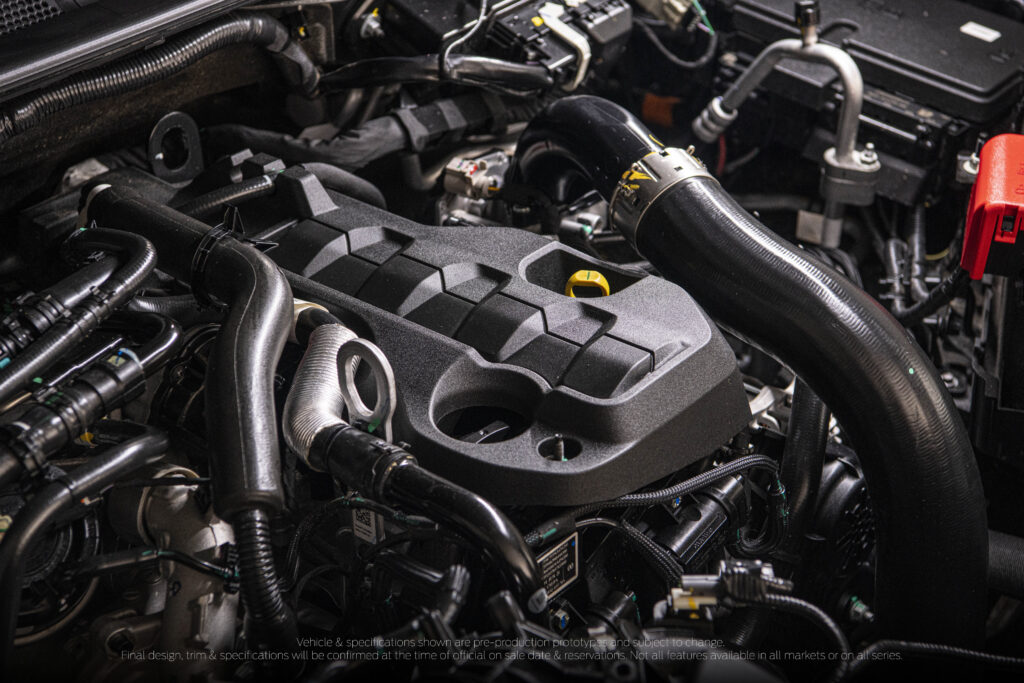
While the new 3.0L turbodiesel V6 spearheads the line-up, next-gen Everest gives customers a choice of engines to suit their lifestyles, including Ford’s proven Single-Turbo and the Bi-Turbo 2.0 inline four-cylinder diesels and a 2.3L EcoBoost petrol engine. Depending on the model, either a six-speed automatic or Ford’s efficient 10-speed SelectShift automatic will be available.
The Single Turbo diesel engine delivers power, torque and fuel economy, while the Bi-Turbo engine is a sophisticated, performance variant for customers who want more power but need to maintain fuel economy.
Engineered for adventure
A 50mm increase in next-gen Everest’s track helps deliver a more controlled ride on-road, while tweaks to damper settings allowed the team to inject more fun and control into the Everest’s ride, both on- and off-road.
“Everest was always well regarded for its plush ride on- and off-road, but the track increase allowed our dynamics team to create a greater connection between vehicle and driver, with a more controlled fun to drive ride around town and on the highway,” said Foston.

More Photos here
Where available, Everest’s dedicated off-road screen displays vehicle information and a front camera view of the terrain ahead, with predictive overlay guidelines designed to help the driver negotiate obstacles. With a single button press, the driver can view their driveline and diff-lock indicators, steering angle and guides, and vehicle roll and pitch angles.
Next-gen Ford Everest has a water wading ability up to 800mm, while space in the engine bay allows for a second battery to power aftermarket accessories.
The new integrated or stand-off roof rails are more than just a design detail; they’re engineered for adventure. The Everest rooftop can now support static loads of up to 350kg and dynamic loads of up to 100kg, providing increased versatility that enables it to carry bikes, canoes, cargo pod or roof-top tent. A universal mounting system allows customers to equip their vehicle with a range of accessories.
Confidence-inspiring driver assist technologiesviii
Everest comes loaded with new and enhanced driver assist technologies and safety features that are designed to take the stress out of driving and help drivers to remain focused.
In the next-gen Everest a new far-side airbag positioned between the driver and front passenger provides additional protection in the event of a side impact. Depending on the variant and the market, the addition of the far-side airbag and dual knee airbags brings the number of airbags up to nine, including front driver and passenger, dual seat side thorax airbags and dual side curtain airbags which cover all three rows, depending on the variant and the market.

More Photos here
With Active Park Assist 2.0ix, next-gen Everest can help the driver fit safely in tight spaces at the press of a button. The system takes care of the steering, gearshifts, acceleration and braking to navigate into parallel or perpendicular parking spaces with ease. It will also steer itself out of a parallel parking spot when prompted.
Next-gen Everest’s matrix LED head lamps, available on selected models by market, offer greater visibility thanks to a raft of clever features, including auto dynamic levelling and speed-dependent lighting that can adjust the intensity of the beam in front of the vehicle depending on the vehicle’s speed. The head lamps also offer both static and dynamic bending capability as well as glare-free high-beams, which help provide maximum visibility for the driver without dazzling other road users.
New to Everest is Ford’s adaptive cruise control system, available in three versions depending on market and model.
· Adaptive cruise control with stop and go allows drivers to maintain a pre-set speed and distance from the car ahead and will even bring the car to a complete stop if required.
· Adaptive cruise control with stop and go and lane centering is able to detect lane markings and help keep the vehicle centred in the lane.
New and enhanced driver assist and safety features available in the next-gen Everest also include:
· New: Lane-keeping system with road-edge detection, which helps keep the Everest from drifting from the carriageway on rural roads.
· New: Evasive steer assist, designed to operate at city and motorway speeds, which uses radar and a camera to detect slower-moving and stationary vehicles ahead and provides steering support to enable drivers to maneuver around a vehicle if a collision is imminent.
· New: Reverse brake assist helps drivers to reverse into parking spots and other tight spaces by providing audible and visual warnings. It can detect a vehicle crossing or a cyclist or pedestrian behind the vehicle too. The system can even bring the Everest to a complete stop if the driver doesn’t react in time.
· New – Blind spot information system monitors blind spots around the vehicle and trailer and alerts the driver of any perceived hazards. The system supports trailers up to 2.4 metres wide and 10 metres long.x
· Enhanced – Pre-collision assist with intersection functionality, which can automatically apply the brakes to avoid or mitigate the effects of accidents if the driver is
turning across the path of oncoming traffic and the system determines an imminent collision
Creating a remarkable ownership experience
“Our customers’ feedback on what they loved about the current Everest, and what they needed, has helped us create a truly remarkable vehicle – one that is very capable, safe, smart and powerful,” said Dianne Craig, president of Ford’s International Markets Group. “But just as importantly, their feedback has helped us create a remarkable ownership experience as well.
“Everest customers lead busy lives, juggling work, family time, a social life and recreation,” Craig added. “They need their vehicle ownership experience to be easier and more rewarding, so we’ve created a collection of services that, depending on market, are designed to help do just that.”
# # # [i] Not all vehicle features are available in all variants or will be available in all markets. Some markets may not receive all variants. Precise specifications for each market will be confirmed prior to launch.
[ii] e-Shifter is only available on 4WD models. [iii] Not all SYNC® 4 features are compatible with all phones
[iv] Not all services will be available in all markets. Precise services available for each market will be confirmed prior to launch. [v] Use of FordPass™ App is subject to the FordPass Terms and Privacy Policy and requires a compatible mobile device, internet access and software (including software updates from time to time). You are responsible for internet access, mobile network data and voice call services required for your use of the FordPass App on your mobile device, including associated fees. The FordPass App and the FordPass™ Connect modem can only work when both are connected to the telecommunications network. Ford cannot guarantee FordPass will be fully operational at all times and the App may be unavailable or particular services interrupted. Ford is not responsible for any limitations of the telecommunications network or your mobile device.
[vi] Maximum towing capacity-braked on diesel models with automatic transmission, using a Genuine Ford tow pack.
[vii] When using the Integrated Trailer Brake Controller, drivers must set the gain on the Braker Controller unit.
[viii] Driver-assist features are supplemental and do not replace the driver’s attention, judgment and need to control the vehicle. It does not replace safe driving.
[ix] Active Park Assist 2.0 is only available on vehicles that are fitted with an e-shifter.
[x] Trailer Coverage system supports conventional trailer dimensions: up to 2.4m wide (measured at trailer front) and up to 10m long from the rear of your vehicle. Drivers will need to create a profile of their trailers in SYNCÒ to support this system.
# # #
About Ford Motor Company
Ford Motor Company (NYSE: F) is a global company based in Dearborn, Michigan, that is committed to helping build a better world, where every person is free to move and pursue their dreams. The company’s Ford+ plan for growth and value creation combines existing strengths, new capabilities and always-on relationships with customers to enrich experiences for and deepen the loyalty of those customers. Ford designs, manufactures, markets and services a full line of connected, increasingly electrified passenger and commercial vehicles: Ford trucks, utility vehicles, vans and cars, and Lincoln
luxury vehicles. The company is pursuing leadership positions in electrification, connected vehicle services and mobility solutions, including self-driving technology, and provides financial services through Ford Motor Credit Company. Ford employs about 183,000 people worldwide. More information about the company, its products and Ford Motor Credit Company is available at corporate.ford.com.




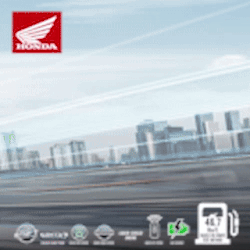
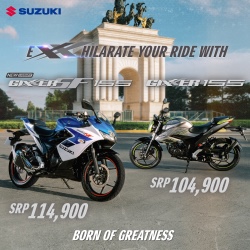
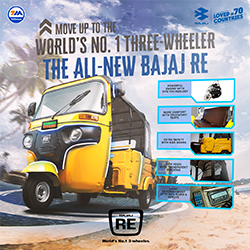

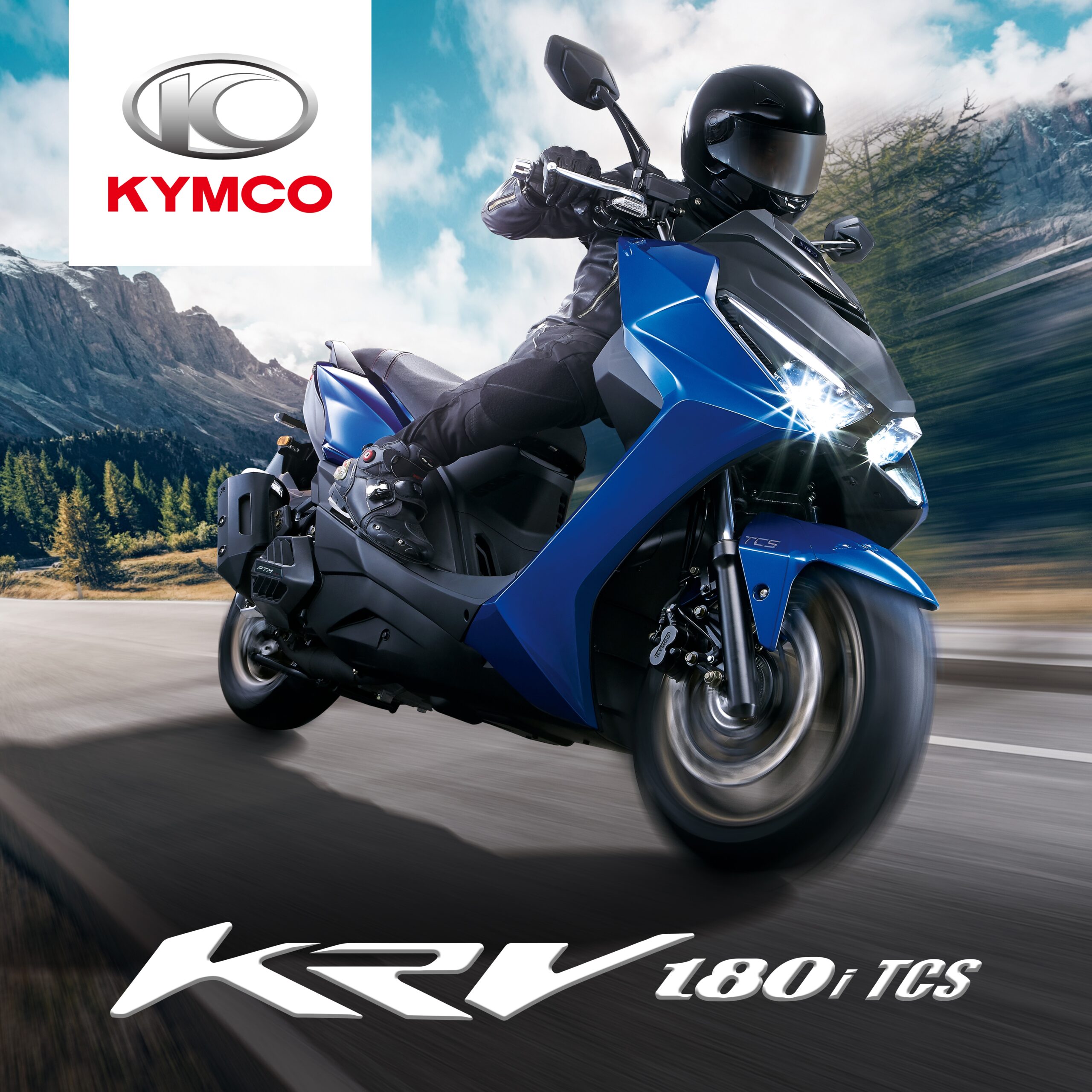


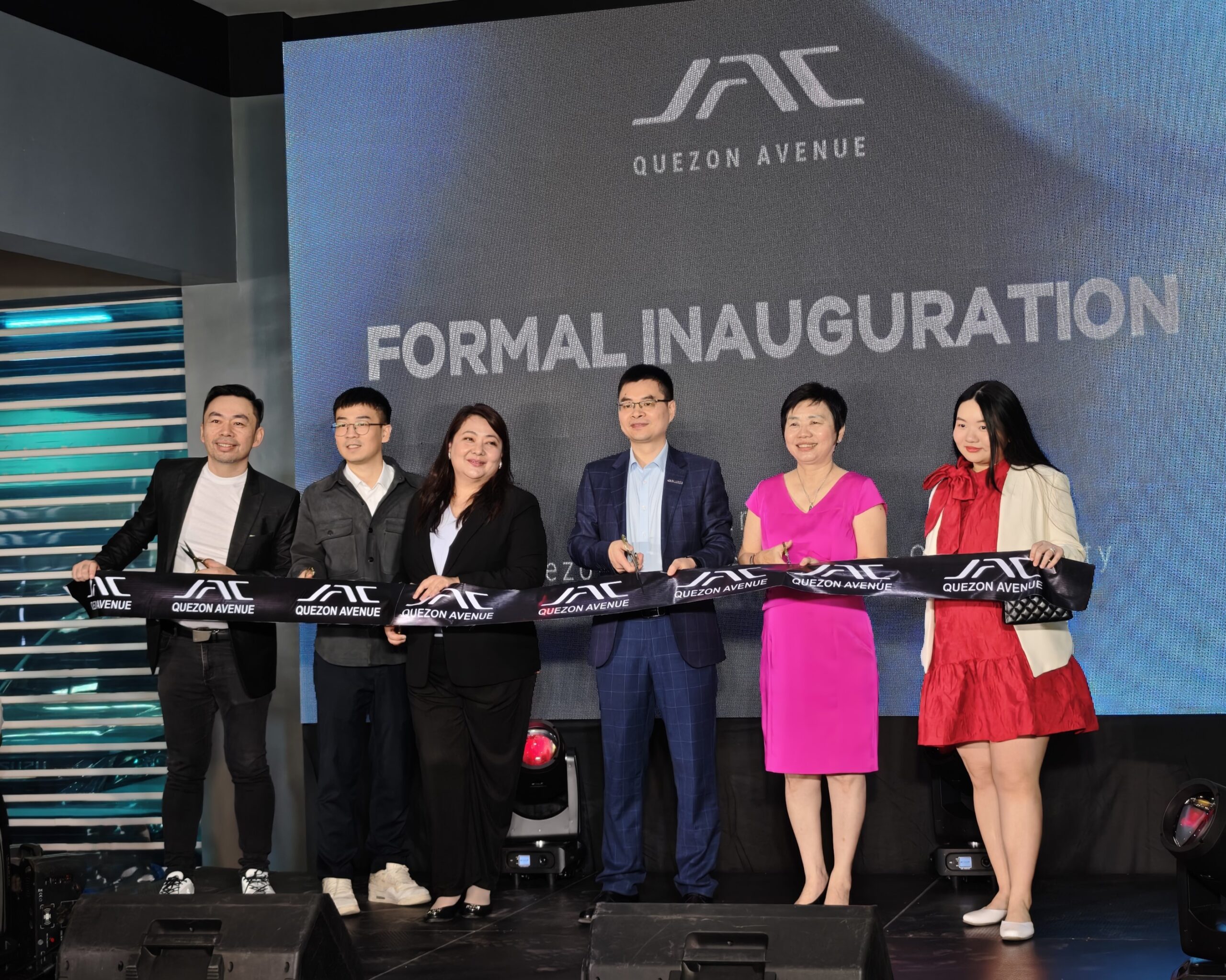


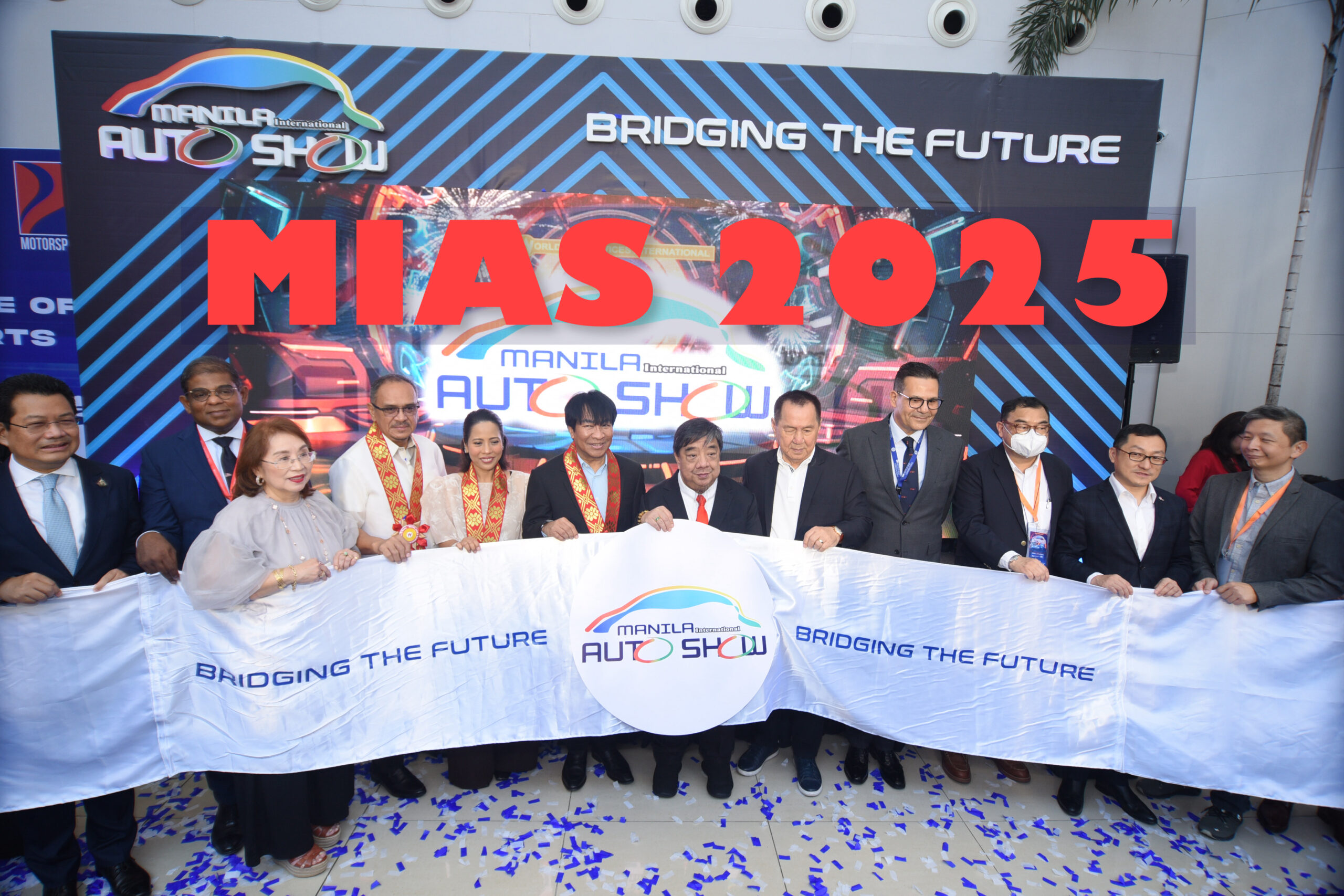


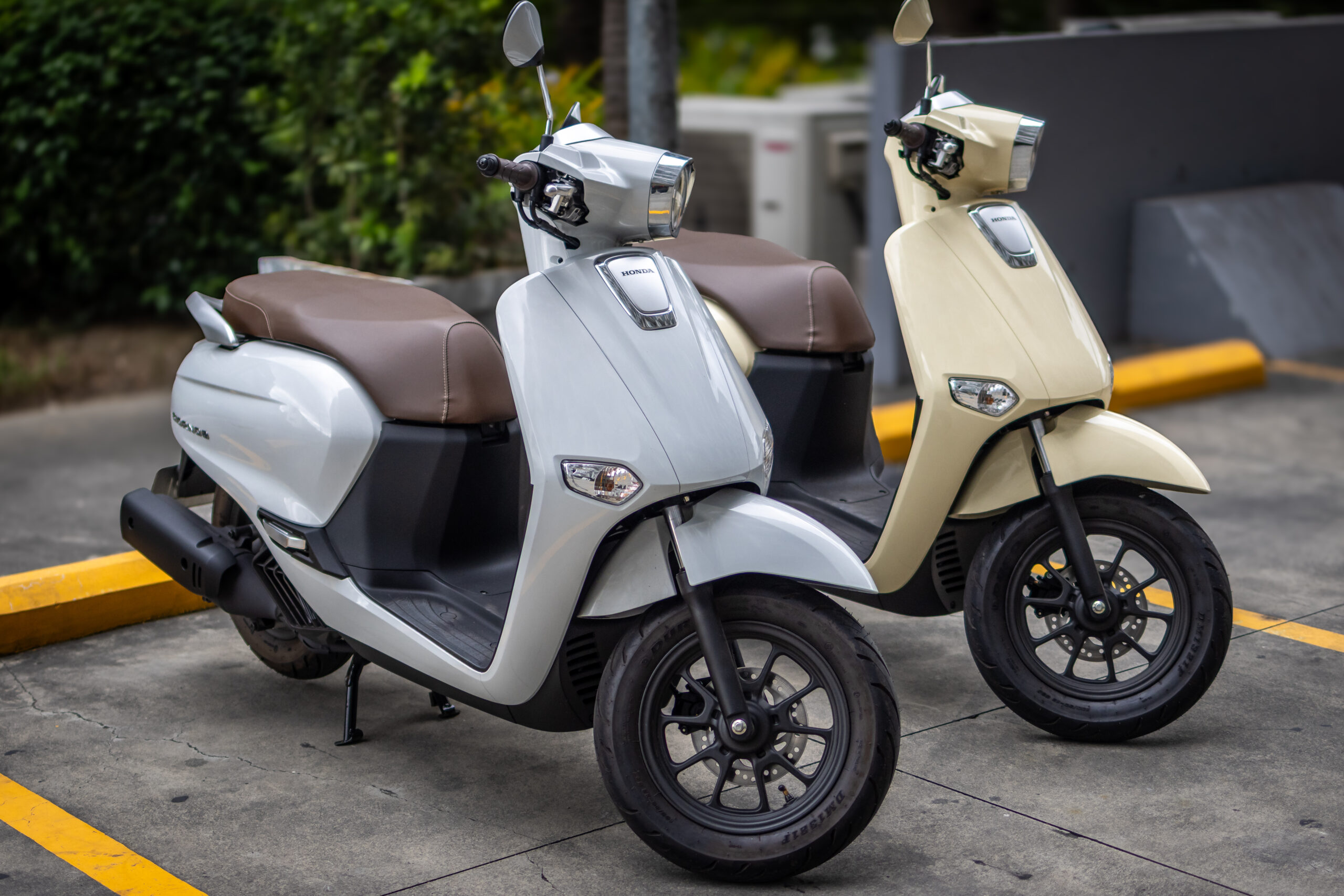




0 comments